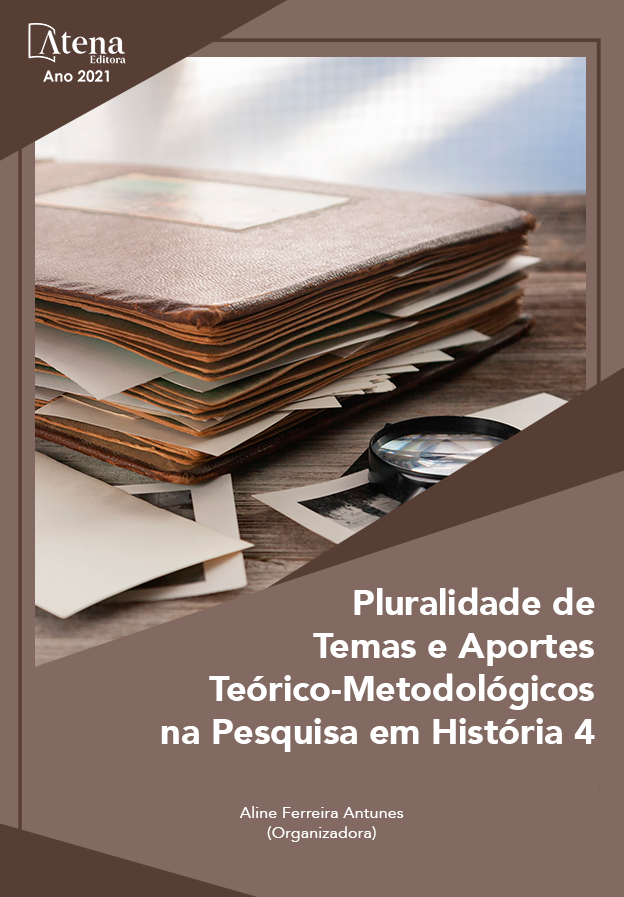
PROJETO DE EDIÇÃO DE LIVRO: MORRO DO PARAMIRIM, A VILA DE BREJEIROS E BARRANQUEIROS
Este artigo aborda o projeto de edição de livro, “Morro do Paramirim - a Vila de brejeiros e barranqueiros”, fruto do desejo de um casal de idosos escrever a história da cidade onde viviam. O objetivo é mostrar a importância da oralidade e o esforço de pessoas comuns para registrar histórias de vida que se entrelaçam com a memória da cidade. Referem-se a “brejeiros e barranqueiros”, estes habitantes das margens dos rios São Francisco e Paramirim, aqueles vindos do interior mais remoto, chamado “centro”. Assim se constituiu o município de Morpará em 12 de julho de 1962, formando a sua poligonal nas terras das fazendas Ema e Picada, remanescentes da sesmaria da Casa da Ponte, vendidas ao corso “autodeclarado” genovês, Antônio Mariani, no ano de 1787, no sertão da Bahia. A intervenção dos autores no projeto se deu por meio da pesquisa documental, leitura e análise das narrativas escritas, em específico cartas datadas dos últimos decênios do século XIX, acervo de Emílio Mariani. As narrativas expressam subjetividades familiares e representações de sentido do contexto revisitado. Ressalta-se a proposta de georreferenciamento da propriedade rural em cujas terras o município está situado, abrindo caminhos para pesquisas e estudos na definição dos limites e legalização dos imóveis. Vale destacar a fragilidade do acervo consultado na pesquisa documental, nos cartórios e na diocese da Barra. Os arquivos encontram-se em estado avançado de deterioração. Há um rico acervo que seria relevante recuperar e preservar para consultas e pesquisas futuras sobre a memória e cultura da cidade.
PROJETO DE EDIÇÃO DE LIVRO: MORRO DO PARAMIRIM, A VILA DE BREJEIROS E BARRANQUEIROS
-
DOI: 10.22533/at.ed.06621190315
-
Palavras-chave: História da cidade; História Oral; Memória; Morpará; Narrativas.
-
Keywords: City history; Oral History; Memory; Morpará; Narratives.
-
Abstract:
This article discusses the book editing project, “Paramirim Hill – the Village of Brejeiros and Barranqueiros”, which was born from the desire of an elderly couple to write the history of the city where they lived. The objective is to show the importance of the oral tradition and the effort of ordinary people to record life stories which are intertwined with the memory of the city. The “brejeiros and barranqueiros” referred here are the inhabitants of the banks of the São Francisco and the Paramirim rivers, those coming from most remote countryside, called “center”. This is how the municipality of Morpará was constituted on July 12th, 1962, forming its polygonal in the lands of the Ema and Picada farms, remnants of the Casa da Ponte sesmaria, sold to the Corsican “self-declared” Genoese, Antônio Mariani, in the year 1787, in the hinterland of Bahia. The authors' intervention in the project took place through documentary research, reading and analysis of the written narratives, specifically letters dated from the last decades of the 19th century, from the collection of Emílio Mariani. The narratives express family subjectivities and representations of meaning of the revisited context. It is worth mentioning the proposal for georeferencing of the rural property on whose land the municipality is located, opening paths for research and studies on the definition of limits and legalization of properties. It is also important to highlight the fragility of the collection consulted in the documentary research, in the notaries and in the Barra diocese. The archives are in an advanced state of deterioration. There is a rich collection that would be relevant to restore and preserve for future consultations and research on the memory and culture of the city.
-
Número de páginas: 15
- Leandro Magalhães Mariani
- Maria Mariani


